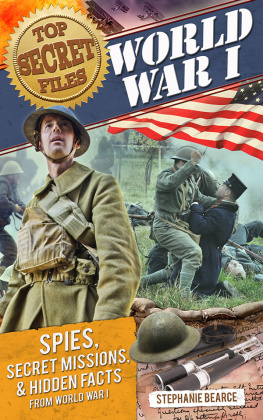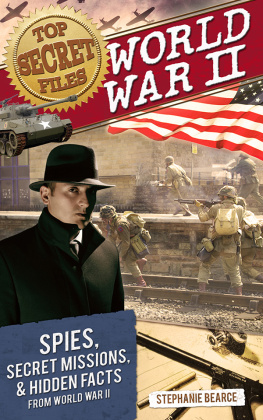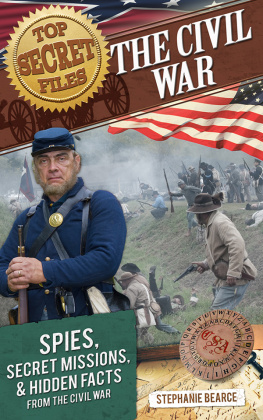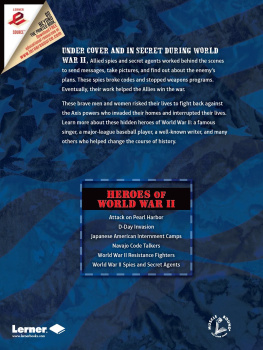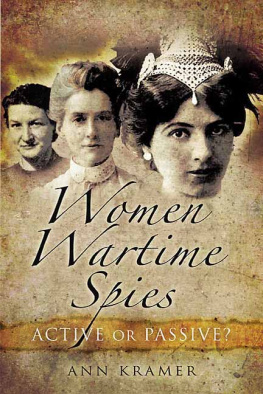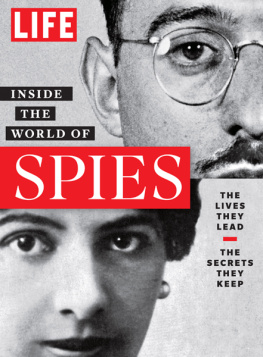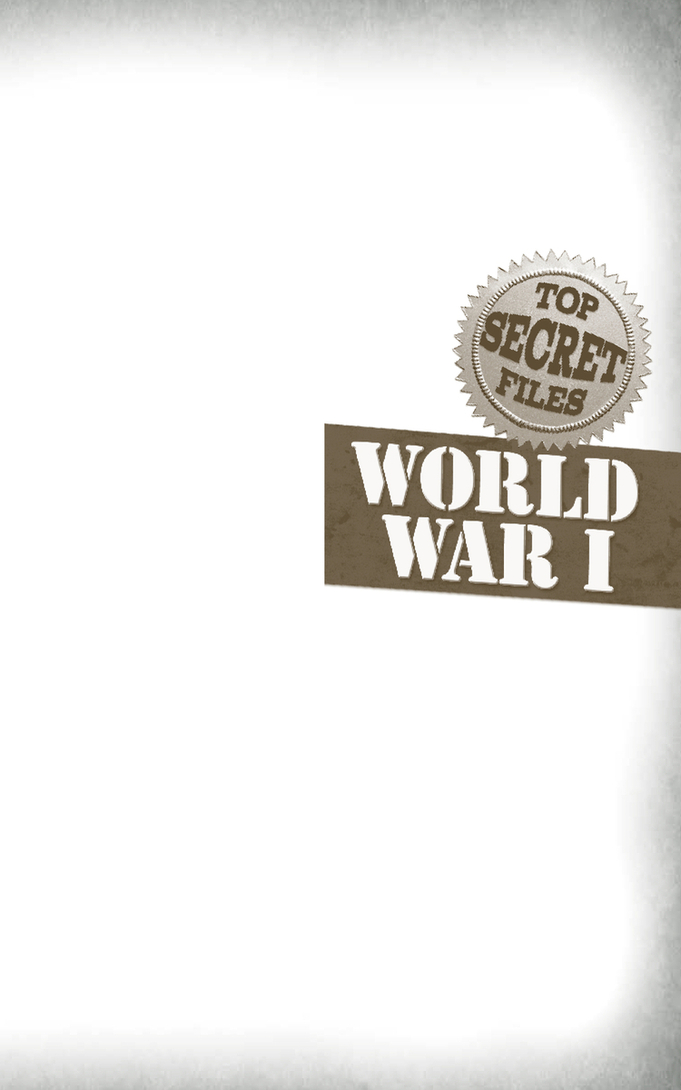

Copyright 2015 Prufrock Press Inc.
Edited by Lacy Compton
Cover and layout design by Raquel Trevino
Illustrations by Zachary Hamby on pages
ISBN-13: 978-1-61821-243-6
No part of this book may be reproduced, translated, stored in a retrieval system, or transmitted, in any form or by any means, electronic, mechanical, photocopying, microfilming, recording, or otherwise, without written permission from the publisher.
At the time of this books publication, all facts and figures cited are the most current available. All telephone numbers, addresses, and website URLs are accurate and active. All publications, organizations, websites, and other resources exist as described in the book, and all have been verified. The author and Prufrock Press Inc. make no warranty or guarantee concerning the information and materials given out by organizations or content found at websites, and we are not responsible for any changes that occur after this books publication. If you find an error, please contact Prufrock Press Inc.

| Prufrock Press Inc.
P.O. Box 8813
Waco, TX 76714-8813
Phone: (800) 998-2208
Fax: (800) 240-0333
http://www.prufrock.com |
TABLE OF CONTENTS
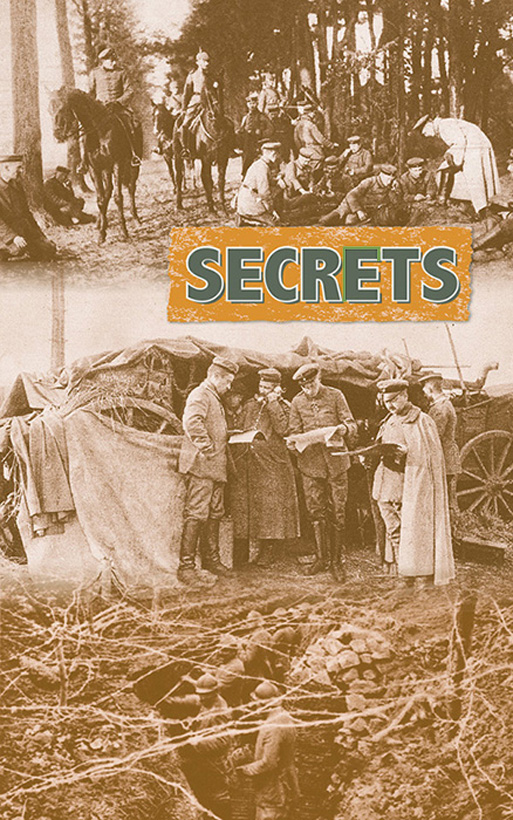
Black Hand seal
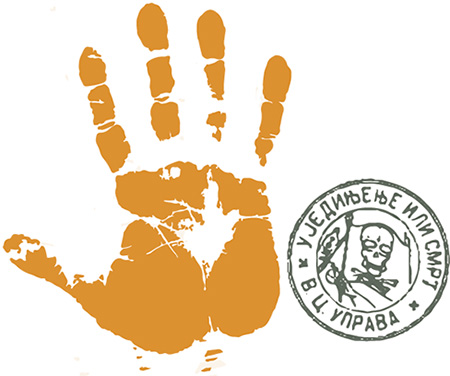
The Black Hand
Can a war really start because of a secret society? World War I did. It all began with a secret society called the Black Hand. In 1911, the country of Serbia was under the rule of Austria-Hungary. Many Serbians did not like this and wanted to govern their own land, so a few members of the Serbian Army formed an undercover operation called the Black Hand. This undercover operation was designed to free Serbia from the control of Austria-Hungary.
Archduke Franz Ferdinand of Austria, 1919
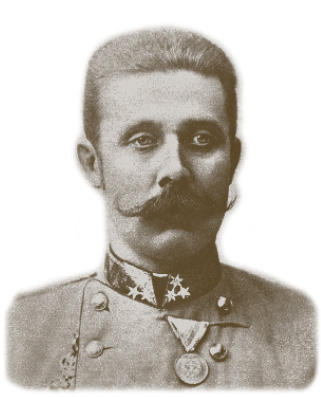
Every member took a vow of freedom or death, and all members promised to follow the orders of their commanders without asking questions. The Black Hand society was so secretive that members were not even allowed to know the names of associates outside their own local group.
Their plan was simple and deadly. They would assassinate the heir of the Emperor of Austria. Members of the Black Hand believed killing Archduke Franz Ferdinand would be just revenge for Austria-Hungary taking over the rule of Serbia. They hoped that killing him would lead to freedom for Serbia.
Spies of the Black Hand learned that Archduke Ferdinand and his wife Sophie were scheduled to inspect the troops in Sarajevo, Bosnia, during June of 1914. The leaders of the Black Hand decided this would be the best time to put their plan into action. Three trainees were selected for the job and secretly snuck into Sarajevo a month before the Archdukes visit. Three more spies of the Black Hand joined the group and came armed with four army pistols and six bombs.
Security for the June visit was not high. The Archduke was brave and didnt like having too many secret service men following him. He also liked to be near the people he ruled and didnt want to be blocked from the crowd by the military. For the most part, the Bosnians were excited to have the Archduke visit and most people did not think there would be any problems during the trip.
Archduke Ferdinand and his wife, Sophie, rode through the streets of Sarajevo in a convertible waving to the crowds of onlookers. Hundreds of people lined the streets to cheer and welcome the royal couple. Among those cheering people were the assassins from the Black Hand. The young men spread themselves out among the crowd. As the cars passed the first assassin, he lost his nerve and did nothing. The second assassin had more resolve, took a bomb from his coat pocket, lit it, and threw it at Archduke Ferdinand.
The bomb bounced off the back of the car and into the crowd. The explosion rocked the ground and injured about a dozen people. The car behind the Archduke was hit with shrapnel and injured the Archdukes friend, Lieutenant Colonel Merizzi. Hearing the explosion, the Archdukes driver sped away from the bomb scene and got the Archduke and his wife to safety.
The Black Hand assassin tried to follow the rules of his secret society by swallowing a cyanide poison pill and jumping into the river. Little did he know, the poison was old and the river was only a few inches deep. The pill made him vomit, and the crowd captured him and turned him over to the police.
The Archduke and his wife had escaped unharmed. Later that day, the couple decided to visit their friend, Lieutenant Colonel Merizzi in the hospital. Unfortunately, the car drivers were not told of the change in plans. That would have been Merizzis job. The drivers continued on the planned route and the other assassins were still waiting.
As the Archdukes car drove down Franz Joseph Street, another Black Hand assassin took aim. This time, the weapon was a gun. Two shots were fired into the car, striking the Archduke in the neck and his wife in the abdomen. Both died.
A QUICK WAR?

When WWI initially began in July of 1914, many believed it would be over quickly. Various accounts have both sides of the war stating it would end shortly, with Kaiser Wilhelm II, the German Emperor, telling his troops they would be home before the leaves have fallen from the trees, and Germany only stockpiling enough potassium nitrate (used for gunpowder) for 6 months. Needless to say, their estimates were wrong, as the war did not officially end until November 11, 1918.
Austria-Hungary knew nothing of the secretive Black Hand society and blamed the Serbian government for the deaths of Archduke Ferdinand and Sophie. It declared war on Serbia. Russia had made treaties that promised they would support Serbia in a war so it declared war on Austria-Hungary. Germany sided with Austria-Hungary, and France supported Russia. Germany then invaded Belgium on its way to France. Britain had guaranteed to defend Belgium against invaders so Britain declared war on Germany. Just 30 days after the Archduke and his wife were killed, The Great War had begun. And it was all because of a secret society called the Black Hand.
Captain William Hall
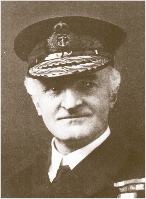
Admiralty Ripley building In Whitehall, built in 1726 and still used for naval board meetings; Room 40 was in the northern section of the first floor, on the same corridor as the boardroom and First Sea Lords office
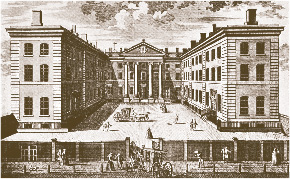
ROOM 40
Next page
